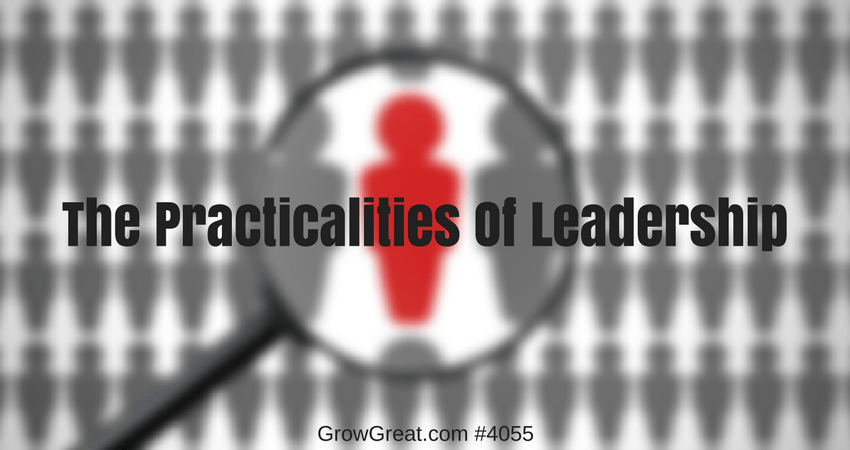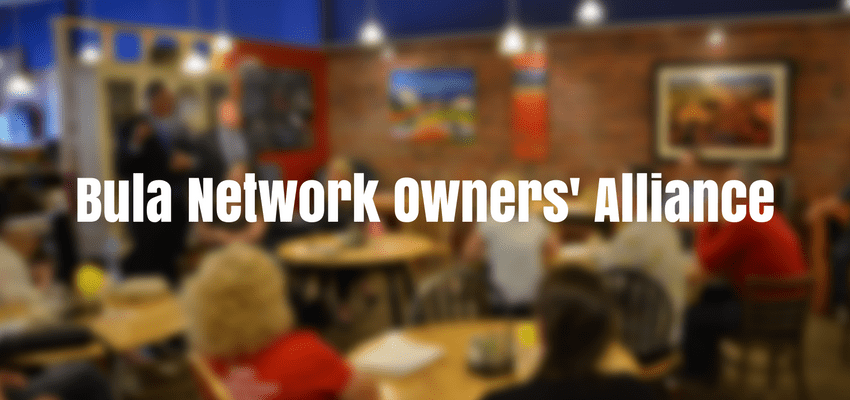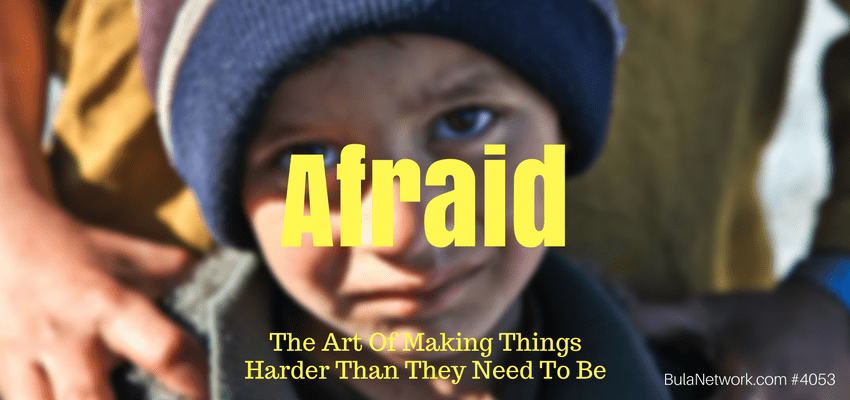Podcast: Play in new window | Download (Duration: 37:40 — 35.0MB)
Subscribe: Apple Podcasts | Spotify | | More

A few podcasts ago – on another show I produce – I commented that I felt like I needed to hold my brain upside down, like an Etch A Sketch®. After you’ve created something on an Etch A Sketch® you may want to create something completely different. Easy. Just turn it upside down with the screen facing the floor and shake it. The Magic Screen is now wiped clean giving you a “canvas” to create whatever you want.
Six years ago I started diving more deeply into my own head. I know, dangerous stuff, right?
Since I was a teen I’d read books about self-image, inner conflict, cognitive dissonance and other things that might help me better understand human behavior. Mainly my own.
Most recently my investigation was sparked by all the linearity I saw online. People acting and saying how they structured their lives, their ambitions. Dream achievement is very large topic online. It seemed like lots of people had figured out something that I was rather certain couldn’t be figured out.
Being the contrarian that I am, my objective was to prove that we’re subject to buying into lies (at worst), misconceptions (in the middle ground) or delusional ignorance (at best). And it’s all mostly about US. These are our lies, our misconceptions and our delusional ignorance.
Back in the late 70’s I remembering reading about how we create our story in our mind. Instantly it resonated with me, but it made me wonder. Is that right? Is that true?
When I was in junior high I was given a school project. Go interview some adult doing for a living what you want to do. I wanted to be a cartoonist. I wasn’t in Los Angeles or New York City. I didn’t know any cartoonists who lived in my town. There wasn’t any Internet so we had to find a local person doing what we wanted to do. Turns out the local newspaper had an on staff cartoonist who mostly did political cartoons and some advertising illustrations. I called him up, asked if I could come interview him and he graciously agreed. My mom took me to see him. He was very gracious and told me stories of going to art school, claiming he had gone to art school with Charles Schultz, creator of Peanuts. “He wasn’t the best artist, but he understood people,” he told me.
I went home and laid in bed that night thinking, “I really don’t know anybody doing what I want to do.” Here I had just talked with somebody doing cartooning professionally, but I didn’t want to draw advertising illustrations or political stuff. My reality – in my head – was that I didn’t live where one had to live to succeed at cartooning. Or writing (another youthful goal). Perspective in my head trashed me. And I knew as a junior high student how powerful it was – and how damaging it could be – to craft some story in your head that may not be true. Turns out it wasn’t a true story, but it was the story I was telling myself. And I bought it. Because I wrote it. It was my story. I’ve never forgotten it.
Fast forward a number of decades. Over the years I’ve learned that “our story” is mostly like the movie Matrix – perception. Our perception.
Enter the Age Of The Data Freak
Metrics. KPIs. Analytics. Measurements.
Hard evidence means truthful evidence. Not fake evidence. Lying with stats is an ancient art. People pay attention to the wrong things. And sometimes connect dots that aren’t connected. And I’m a dot connector so I see it.
We’re relying more and more on data and less and less on common sense. Stupidity is ruling our lives because we’re not thinking clearly. We need to turn our mind upside down and shake it. Clear it all out.
Reboot.
Sometimes data is useless because people aren’t computers. They don’t always behave predictably. Other times they behave too predictably. Sometimes they get scared. For no reason.
We analyze. And over analyze.
We dissect. Then put it under the microscope.
We evaluate. Then spend time reviewing our evaluations.
We turn an idea over. Eight ways to Sunday. Then we go back and do it again.
For what?
Looking for magic, that’s what. Looking for an easier path that doesn’t exist. Looking to replicate somebody’s success — that if we had it…wouldn’t be what we wanted to begin with. Because we’re not them.
We think the data will show us the way because we think the path to success is dynamic. Because we’re now living in an era dominated by the Internet we think new tactics and strategies are in play. Strategies that we don’t understand, and haven’t yet learned. Some we chase every pidedpiper who comes along claiming to know what we feel we don’t. Lots of chasing. Not much catching.
Success.
Mostly catching frustration. Anxiety. Increased fear.
Success Isn’t A Datapoint
It’s a process. Hard work. Time consuming. It always has been with rare exceptions of freakish oddities who catch lightning in a bottle.
Sylvia Duckworth did a terrific graphic depiction of what success really looks like. Follow her on Twitter.

The iceberg illusion is real. The height of our success may be disproportionately lower than the depth of our hidden efforts. Or maybe higher. Or maybe equal. That’s the impossible part to predict. Or fully control. It’s all the work below the water line that we can control. And that’s where the magic happens!
I’ve long been puzzled by people who don’t want to show that below the waterline activity until they’ve broken the surface of success. Then, they’ll tell you how awful things were. How they lived in their car for 2 years. Or how they incurred 6 figures of credit card debt. Or how they gained 125 pounds. Why not share that stuff in real-time? Because until you’re successful you don’t feel comfortable sharing it? Why not? What do you care about how other people view you?
This is just some of why we need to clear the screen of our mind.
Our mind can get it wrong. And you do know, don’t you, that YOU are the biggest hurdle to your success?

The most famous Pogo cartoon was “We have met the enemy and he is us” in 1971. It resonated with us because deep down we know it’s true.
We think things. We believe things. They drive us. Or prevent us.
Mostly, it’s US. Our brains creating realities that aren’t real…except we make them real.
Plan for success. Craft your strategy. Or not. I’m urging NOT.
Instead, it’s one-step at a time. It’s the next step. Then it’s adjust. Then, the next step! Then more adjustments. And keep going until you sense traction, or a loss of it.
Do more of what works. Do less of what doesn’t work.
With a screen filled with clutter you can’t clearly see or know what’s what. That’s why you need to shake that screen and clear it.
Working on yourself will be the hardest work you ever do. It doesn’t matter who you are. It’ll always be hard. But worthwhile.
Busy-ness prevents us from doing it. Some people enjoy remaining distracted so they can avoid that work. They con themselves into thinking it’s something else. It’s not them. It’s circumstance. Environment. Their job. Their spouse. Their parents. It’s something. Somebody. Some place. But it’s not them.
Stop it. It’s madness, which is why I’m talking about it. Because my renewed focus is on the 3rd leg of the trifecta of business building, “not going crazy in the process.” I’m pushing more and more attention on that because the need is enormous. I see it in the faces of business owners (and leaders). I hear it in their voice. The loneliness. Isolation. Worry.
It’s not a pessimistic view. It’s honest. Reality. Much of what drives us crazy is what’s going on in our head. Thinking.
“Don’t over-think it,” people will say. They often mean, “Act. Don’t waller it around in your mind.” But that’s not always the culprit to our difficulties (our craziness). Sometimes it’s that’s our thinking is corrupted by some script we wrote years ago. Or one we’re writing right now. We’ve developed some story in our head and it’s driving our actions. Problem is, the story isn’t accurate.
It’s not always a story crafted because we’re pursuing success. The story can also be crafted because we don’t want to lose success. Playing it safe.
Let me illustrate. A business owner is operating a successful company. He purchased the company almost 15 years ago. It was a successful company, but he’s been able to double it. For the past 5 years his personal income has annually eclipsed $900,000. A few years it crossed the magic million dollar threshold. He’s settled into a lifestyle that suits him well. The lake house. The modern, contemporary upscale home fully furnished with the nicer things including a state-of-the-art kitchen that would make any chef envious. A stable of nice sports cars and SUVs. Vacations are always out of the country about 3 times a year.
Life is good. But he’s going crazy because he’s scared. The political climate terrifies him. And it doesn’t matter if his candidate is in power or not. He’s mortified about the economy going south. A natural autocrat, this focus drives him to even new heights (or lows) of micro-management. The employees are stifled. Choked to death by an owner who can never be satisfied. He thinks he’s hard charging and these people – his employees – don’t understand.
Can you see his story? The one he’s written in his head?
Sure, many of us can see it when it’s not us. Within half a day of hanging around with him to survey things, I’m able to see dollars hitting the floor that he doesn’t see. Cracks are abundant. Solid sales growth prevents them from being burdensome. Making them invisible. And the story he’s written – along with the one he’s now writing – are calling his attention to a laundry list of things that drive him crazy. Things he admits that have always driven him crazy.
“Why haven’t you solved them already?” I ask. He launches into a 30 minute calm tirade about employees, particularly manager he’s had and still has.
He has a view that makes it all appear as he sees it. I know better than to try to persuade him otherwise. Life taught me the futility of that. Mostly, I do what I do…ask questions, trying to provoke insights.
I try to focus attention on a couple of areas where I can see room for big improvements. Things that will generate considerable profit improvements. They’re operational things — the kind of things that leap out to a guy like me, a lifelong operator. He doesn’t quickly embrace the ideas arguing why they’ll be too hard to implement and maintain. I don’t much care about the degree of difficulty because this isn’t a diving competition or a gymnastic routine. This is business. No trophies are coming because what we attempted was too hard. There’s money at stake. Real money.
So I decide to make it more personal. He’s shared his income details with me. I craft a spreadsheet and show him what doing this hard work will mean to him. Personally. It’s over $600,000 a year. He’s staring at a 60-70% increase in his already sizable income. And an outline of how that hard work can be accomplished.
This isn’t pie-in-the-sky “wouldn’t it be great if” kind of stuff. This is a one page document of how to fix a costly problem, one he’s been fighting (well, that’s an overstatement) for as long as he can remember…coupled with a spreadsheet of how the numbers will stack up after a year. Talk about hard data…well, it’s evidently too hard because he’s not embracing it. I’m puzzled. Really puzzled. Not by the disbelief so much as by the sheer lack of optimism to even give it a try.
We talk it. We talk about it some more. He offers many reasons why it won’t work. I alter tactics. Shifting gears to more of a “let’s assume it doesn’t work at all, what do we risk?” approach. Nope. That won’t work either.
Welcome to the world of being stuck.
The numbers shocked me. Shocked me that they didn’t shock him.
I challenged. I pushed. Not too hard at first. Harder later. He was paralyzed by fear. Fear of changing things. Fear of conquering problems that might create new problems, less familiar ones. Fear of finding new heights of financial success perhaps. Okay, he’s human. Join the rest of us. We’re all scared of something. It’s less about conquering fear and maybe more about being able to shove it out of the way long enough to grow and improve.
I failed.
I failed to help him because he didn’t want to shove the fear aside. Not even long enough to see if it might work out. The devil you know is often more comfortable than the one you don’t.
This is mental health and fitness of a business mind. It’s the necessity to see business challenges and opportunities as they really are. It’s not letting the story in our head force us to see boogie men in the shadows – boogie men who don’t even exist. But we see them. We know they’re there. Our story only fits if we see them. Remove the boogie men and our story is no longer our story. Now it’s a different story.
What I Know To Be True
It’s not a story at all. It’s an interpretation. It’s our mind ascribing some meaning to something or somebody. A meaning that isn’t necessarily true…except in our mind. That makes it completely true for us.
“Whether you think you can or whether you think you can’t, you’re right.” -Henry Ford
Henry Ford was making a bold statement to let others around him know that one of the primary keys to getting what you want is believing that you can have it. It’s harder for some. Likely difficult for almost all of us. Maybe for you it’s in some narrow specific area. That seemed the case for the business owner. He was ridiculously confident in nearly every area of life, even joking about how he often felt like the smartest guy in the room. But I don’t think it was much of a joke. I think he meant it.
Fear blinded him to what was possible though. He couldn’t see it. He didn’t think it was possible. Convinced it wasn’t possible. Or that it was too hard and even if he could do it, it wouldn’t stick. So he never tried.
Head trash has a real cost. Not just dollars, but in pain of a persisting problem. The pain of fighting something almost daily for years. Just because we’re convinced that it is how it is, and that’s how it will always be. We live in ways to insure we’re correct.
I’d rather be wrong, wouldn’t you?
Grab yourself, turn it upside down and shake the magic screen of your mind.
We Make It Harder Than It Has To Be
Make no mistake. It’s hard. Sometimes ridiculously hard. No matter, we’re making it even harder.
Enter the power of a group. Sad to say I wasn’t able to connect the business owner with other voices that might be able to nudge him out of his stuck place, but I’ve done it in other circumstances with different people.
Our parents knew it was true – if we had friends who were trouble, we’d likely end up in trouble. It’s true of CEOs and business owners, too. There’s a reason why peers are important. We’ll listen to them. Be influenced by them. Care more about their opinion and viewpoint. Put a group of high school kids in a group and they’ll influence each other more than any teacher or adult. Put a group of business owners in a group and the same magic happens.
The magic happens largely in the mind of those in the group. Collectively and individually minds change, grow and expand. We realize that how we see things isn’t necessarily how others see them. First, we may be amazed. Then we’re open to understand the reality we’ve crafted isn’t reality at all. It’s just a point of view. One that may be the hurdle holding us back.
What’s holding you back? I don’t know you. I don’t know your business. I don’t know where you’re located. But I don’t have to know any of that to know the answer. It’s YOU. You’ve got a narrative in your brain, one you’ve created. You think – you’re even convinced – it’s serving you well. But until you can gain some other perspectives, some viewpoints that are different than those you currently hold, you’re stuck with the business problems. You’re limited with the opportunities you currently see.
But what about the things you don’t see? What of the opportunities that may be in plain sight to others? Like adding 60-70% more to your personal income?
Don’t sweat it. You’ll never miss it because you can’t see it anyway. Right?

Subscribe to the podcast
 To subscribe, please use the links below:
To subscribe, please use the links below:
If you have a chance, please leave me an honest rating and review on iTunes by clicking Review on iTunes. It’ll help the show rank better in iTunes.
Thank you!


 To subscribe, please use the links below:
To subscribe, please use the links below:










